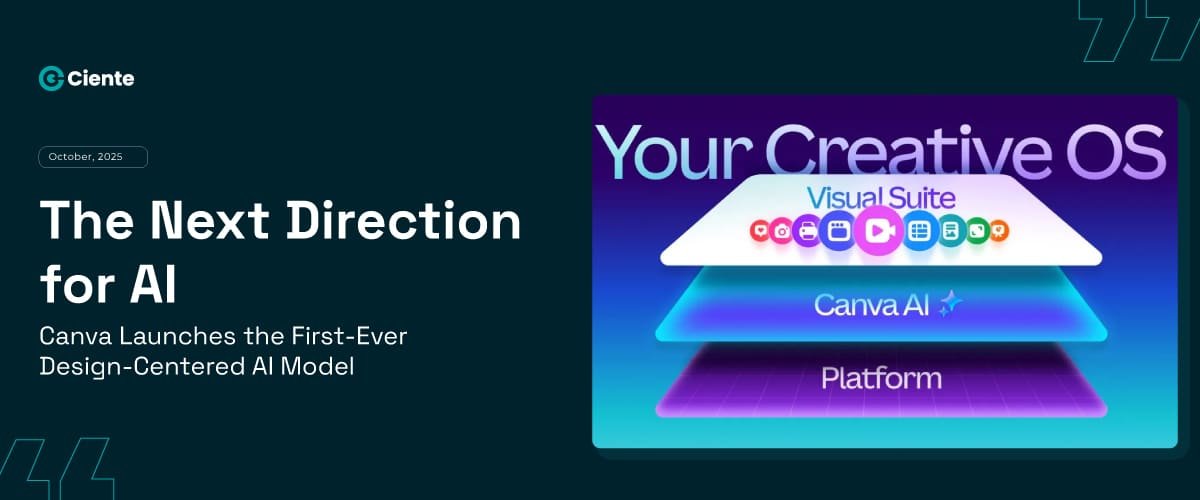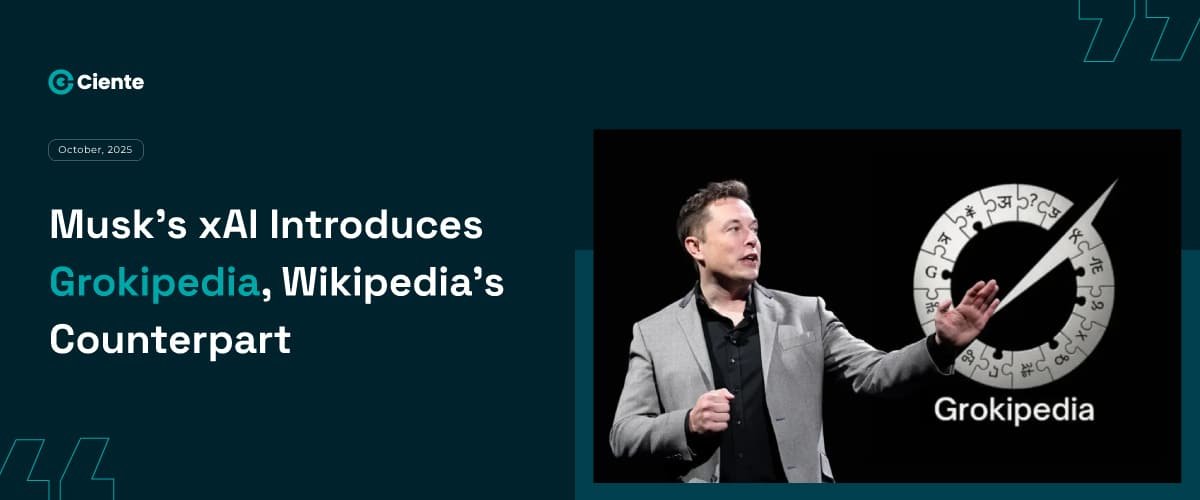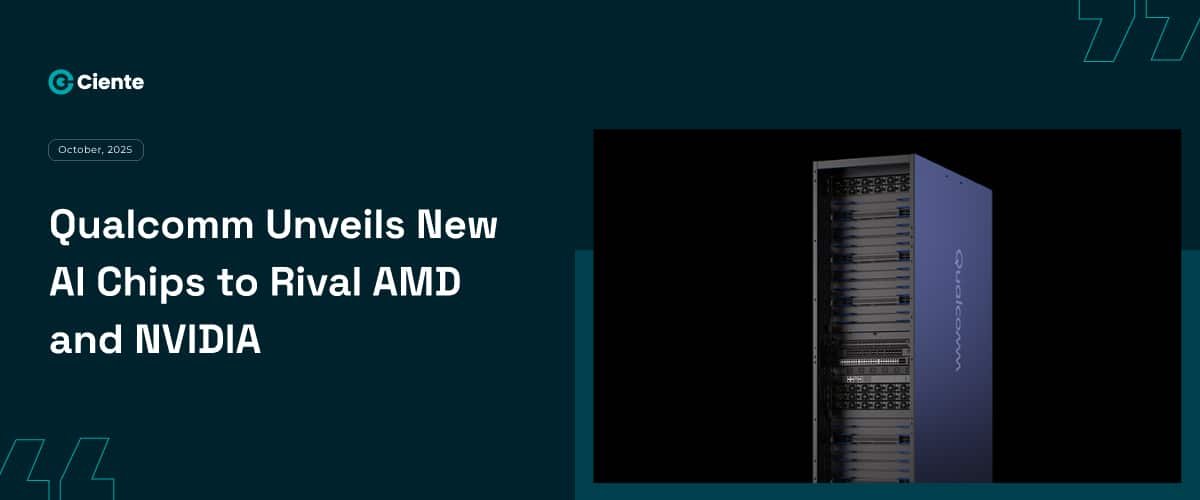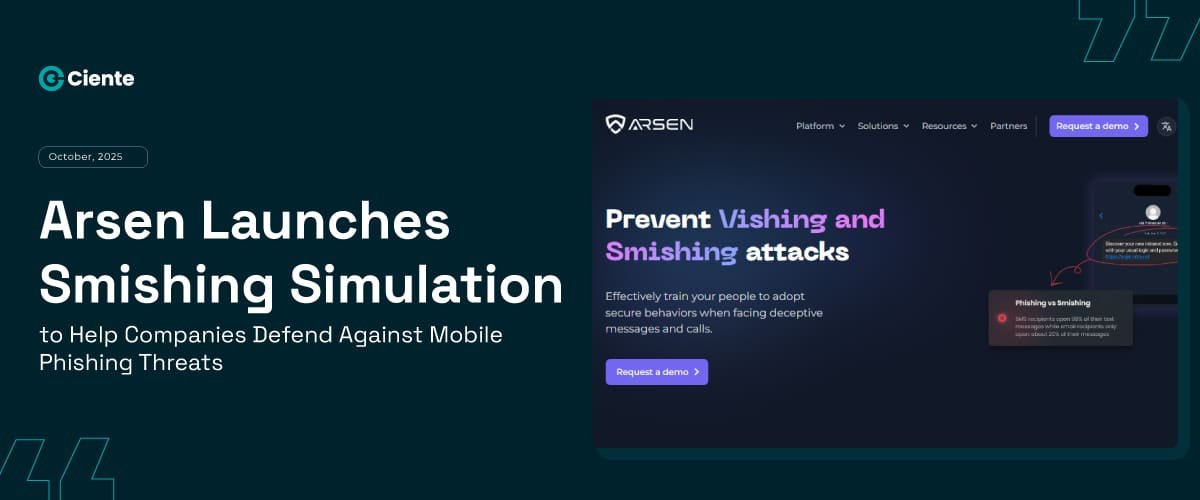WPP CEO Cindy Rose argues for a more active future.
WPP is staring at a hard truth: as their new CEO, Cindy Rose, put it, their recent performance has been “unacceptable.”
WPP might still be a global media and advertising monolith, but increasingly it seems like its empire-state is crumbling from within.
Let’s start with the numbers. Q3 saw a like-for-like revenue decline of 5.9 % year-on-year. For 2025, they’re forecasting a full-year decline of 5.5%-6 %. Those are not the figures you plaster on a “turnaround underway” banner.
They’re red flags.
Rose is trying to shift the culture and structure: “less holdco, more co” is her mantra. Translation: WPP wants to stop acting like a giant parent company that collects agencies and start acting like a single lean operator. Clients reportedly found WPP’s end-to-end proposition confusing. That’s costly feedback for a “world-class” agency group.
And yet, here’s the twist: while the fundamentals are dire, WPP bets heavily on the future by leaning into AI and data-driven services. Rose highlights that WPP’s acquisition of InfoSum, the launch of its “Open Pro” self-serve AI platform, and a substantial partnership with Google LLC are meant to set them up for the next wave. But, and this is the crux, the question isn’t whether they say the right things. It’s whether they can do them, when execution has been, well, lacking (Rose admitted as much).
So what gives? The advertising world is changing fast: client budgets are tightening (thanks to macro risks and tariff spats) and tech is giving marketers more DIY tools. WPP is both under pressure and perhaps late to pivot. With major client exits and fierce competition (especially from nimble players) on one side, and an ambitious strategy pivot on the other, the firm is walking a tightrope.
Here’s how I’d frame your thesis: WPP isn’t just in financial trouble but a structural conundrum. It’s not enough to proclaim “AI golden age” when the clients are rattled, the message is muddy, and the operational guts haven’t kept pace.
The actual shift will come when WPP becomes the “Co,” it says, rather than the “holdco” it’s been.
And only then will those strategic bets pay off.






